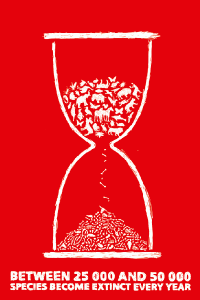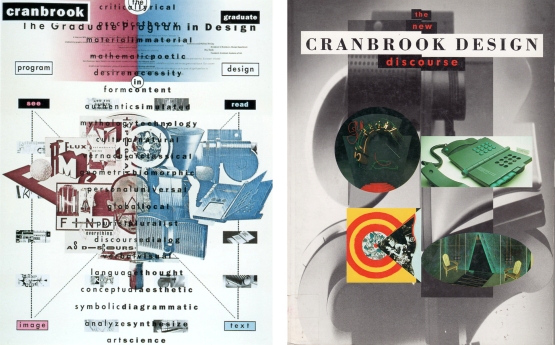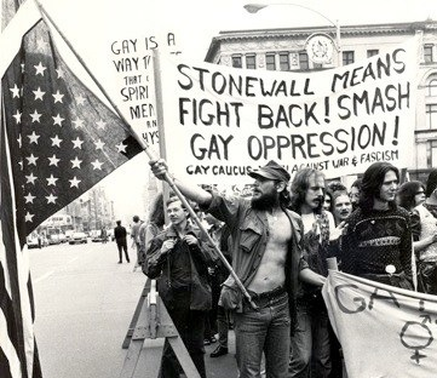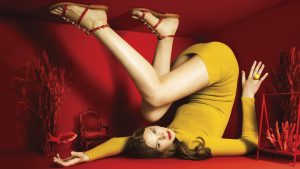Over the course of these lectures, it has expanded my contextual view of the relationship between historical events and the impact this has had on people and their work within art and design. It’s been specifically interesting to hear more about the response and retaliation from certain movements such as counterculture ideas in psychedelia and pop-art, or the underground and alternative movements that give an idea of viewpoints within history that aren’t particularly well-known and I definitely hadn’t heard about till this series of lectures. From these variety of sources and information, I’ve found myself taking inspiration from a wider variety of artists, such as architects and illustrators, when usually I would stick quite rigidly to graphic designers. The Abstract documentary was also incredibly interesting to see how within a variety of disciplines, the design process has a lot of similarities, and those differences can be taken across disciplines to take people in directions not seen before in their work. The episode that I was most engaged with was featuring Es Devlin and her stage design process as I liked the way you could see that she started off in a different area of design before experimenting and finding the work that she loves and now makes a living completing.
I think getting this basis of information together to form a wider view of the situation can really help develop your practise as you can identify what has or hasn’t worked previously and then try to recreate your own version of this. Also, it can help you to understand which certain looks or colours to perhaps avoid if they have negative connotations, or at least a different association to what you are trying to portray. The introduction of critical theory has helped me to view other media and art with an evaluative thought process to see if the work may be subtly presenting ideas and opinions that I don’t agree with, and therefore make sure my work could not be misinterpreted to be offensive.

(Glaser, 1964)
One of the designers that I was introduced to in the Underground lecture in week five, was the typographer Milton Glaser, who created interesting typefaces that are very boldly constructed. You can see a very clear link between his work, particularly the typefaces ‘Babyteeth’ and ‘Glaser Stencil’, and my work during the motion rotation brief. I have taken his idea of reducing letters done to very simple lines, curves and shapes and applied them to the letters I was working with. I found the abstract forms that I was left with had a strong basis in the solid design principles he had been working with, and from there I was able to develop them further to create moving pieces that I was very happy with.

(Glaser, 1970)
Bibliography
Glaser, M. (1964). Babyteeth Typeface. [image] Available at: http://containerlist.glaserarchives.org/138/a-brief-tour-of-milton-glaser-s-typography [Accessed 4 Dec. 2017].
Glaser, M. (1970). Glaser Stencil typeface. [image] Available at: https://www.linotype.com/89171/glaser-stencil-family.html [Accessed 4 Dec. 2017].














